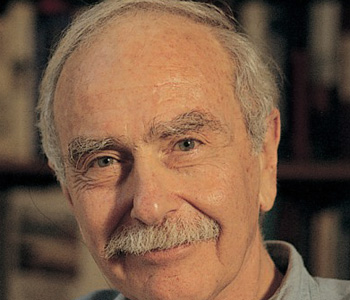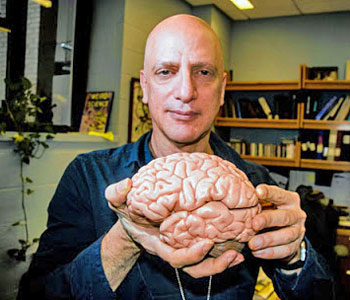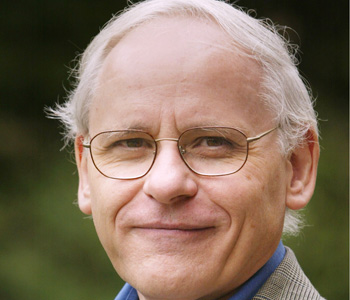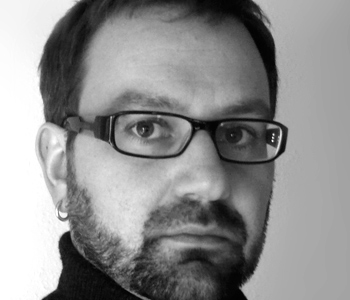Stephen Prince
Firestorm: American Film in the Age of Terrorism
Columbia University Press
400 pages, 9 x 6 inches
ISBN 978 0231520089
ISBN 978 0231148719
9/11 was one of the most photographed events in history, and in the years that followed numerous films investigated, profiled and sought to understand what happened on that day and how such a calamity could occur. As years pass and the events grow more distant in time, film portraits of what happened on 9/11 grow more salient as a form of social memory.
Firestorm examines the influence of 9/11 on American filmmaking. How have filmmakers portrayed the attacks? Have the accounts been balanced, factually honest or politically partisan? What are the meanings of 9/11 as proposed by filmmakers? What role does narrative as used in film play in fostering or, alternatively, in inhibiting our understanding of 9/11?
I examine Hollywood films, made-for-television series and movies, as well as docudramas and documentaries, including the burgeoning documentary sub-genre of conspiracy films. The Hollywood films include high profile movies such as Oliver Stone’s World Trade Center as well as many films, such as The Dark Knight, which are not overtly about 9/11 but which nevertheless obliquely reference the attacks using the conventions of popular genres. The made-for-television material includes Fox’s series 24 as well as PBS’ documentary series on al Qaeda and terrorism, America at a Crossroads. Documentaries include Fahrenheit 9/11 and numerous nonfiction films about the Iraq War and the events at Abu Graib.
This is a large and diverse group of films. Within their portraits, there is not a single 9/11. There are many, with meanings that are in contention, that are fought about and argued over. While commercial film and television initially were hesitant about exploring 9/11, they successfully adapted and formatted this tragedy according to the conventions of popular entertainment. In contrast, documentary filmmakers looked deeper and probed more incisively at the event.

Because the attacks were so deeply traumatic, documentary filmmakers turned to narrative as means for processing the trauma and for understanding the terms of this epic atrocity.
I cover the range of filmmaking elicited by 9/11 by placing it in several frameworks. One of the most important is provided by the historical context of the events. The attacks have been extensively investigated, and a great deal of empirical knowledge now exits about them. I measure the films against this information and assess their creative departures from the records and their poetic uses of image, character and setting.
Symbolic, poetic, mythological or ideological meanings typically arise within the gaps or interstices between what is factually known and what the films may creatively propose about the events in question. I aim to be sensitive to the poetic and artistic uses of film but also to hold the films in question to the known record of events. To do this, I spend time talking about many non-film subjects as background to the filmmaking – the 9/11 investigation, the history of al Qaeda, construction methods used in the World Trade Center, and the aftermath of the attacks as manifest in the Iraq War and controversies over forcible renditions and harsh interrogation methods.
I’ve written the book to be accessible, avoiding jargon. The ideal readers include scholars but also a more general audience interested in the topic. The book shows how films have interpreted the attacks and how the films themselves may be interpreted, and it also provides the context of events on which the films draw.
The chapter entitled “Ground Zero in Focus” examines several documentaries composed of candid, amateur footage shot by witnesses in Manhattan and New Jersey as the World Trade Center burned and then collapsed. These documentaries use a narrative framework for capturing the day’s events and for proposing their deep-level meanings.
The use of narrative within documentary is an interesting strategy – many viewers probably tend to think of documentary as a kind of reportage rather than as a narrative format. But the abundance of documentaries that employ this format suggests there was a felt need for narrative in this context. Very few documentaries cover 9/11 without it. Because the attacks were so deeply traumatic, documentary filmmakers turned to narrative as means for processing the trauma and for understanding the terms of this epic atrocity. These filmic narratives hold therapeutic value for filmmakers as well as for viewers, and the films accordingly provide an important form of social knowledge about trauma.

Films about 9/11, the wars in Iraq and Afghanistan, and other events that are legacies of the September attacks will continue to proliferate because the age of terrorism in which we find ourselves is, for now, unending.
I hope that the book captures the range and complexity of the film portraits of 9/11 that were produced during the two terms that President Bush was in office. These eight years are the interval of time that the book covers. Because these eight years form a unit of history, and because the close of President Bush’s second term coincided with the completion of major writing on the book, it made sense to formulate an ending to the project in those terms.
But, truly, there is as yet no ending. Films about 9/11, the wars in Iraq and Afghanistan, and other events that are legacies of the September attacks will continue to proliferate because the age of terrorism in which we find ourselves is, for now, unending. I hope, therefore, that the book’s value will not be measured by the impossible task of covering all the latest films, but rather by its success in clarifying the fundamental ways in which filmmakers have responded to 9/11.
Firestorm shows how easily Hollywood film and television absorbed the events of this national tragedy into the existing story conventions, genres and formulas of popular culture. Shortly after the attacks, many people predicted that storytelling, especially in moving image media, would be changed forever. This did not occur, and Hollywood found numerous ways to make terrorism a profitable subject for entertainment, something that seemed unthinkable right after 9/11. At the same time, documentary filmmakers compiled a very strong record of examining the attacks and the challenges they pose to American society.




We don't put paywalls. We don't distract you with ads. We don't sell your data.
Please help to keep this running!